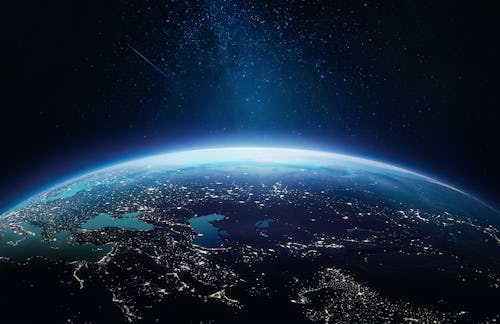Scientists are going to launch a space balloon to sweep for alien particles
The high-altitude balloon project is a collaboration between researchers from 13 different countries.

Space is a constant reminder of how little we truly know about our universe. A new international project is hoping to help make a little more sense of things. Next year, researchers from 13 countries will launch a balloon to, hopefully, find high-energy particles that couldn’t have come from Earth.
Known as the Extreme Universe Space Observatory on a Super Pressure Balloon or EUSO-SPB2, the project will allow researchers to monitor the area around the Southern Hemisphere. Through the use of two different telescopes, researchers hope to learn more about “cosmic rays of very high to ultrahigh energies and pioneer the search for cosmogenic tau neutrinos from space.”
The project involves hundreds of researchers from over 77 institutions. Earlier this month, NASA awarded $4.3 million for the final phase of construction and flight of the experiment. Per UChicago News, EUSO-SPB2 is being assembled at the Colorado School of Mines. Then, it will be sent to a NASA facility in Palestine, Texas, for testing, before making its way to New Zealand with an official launched planned for spring 2023.
“This is an important step towards solving the mystery of where in the universe these particles are coming from, and how they could possibly be made,” Angela Olinto, a University of Chicago researcher who heads the experiment, told UChicago News. “These are particles that we simply cannot create ourselves on Earth; we need to use these space travelers to learn more about them.”
Both particles that researchers want to study are believed to come from outside of the Milky Way. Per Engineering and Technology, scientists haven’t been able to trace their exact origins yet. But if they’re able to crack that code, these particles might reveal information about the events that led to their creation, like supermassive black holes, from millions or billions of light-years away.
To get this information, EUSO-SPB2 won’t actually have to go far. The experiment will ride wind currents only 20 miles above Earth. Still, this is a big improvement on past experiments, which E&T reported stayed on the ground to examine the Earth’s atmosphere.
“We are preparing for a future in which we will be able to detect lots of these particles and learn an extraordinary amount from them,” Olinto told the outlet, “but first we need to push the technology much farther.”